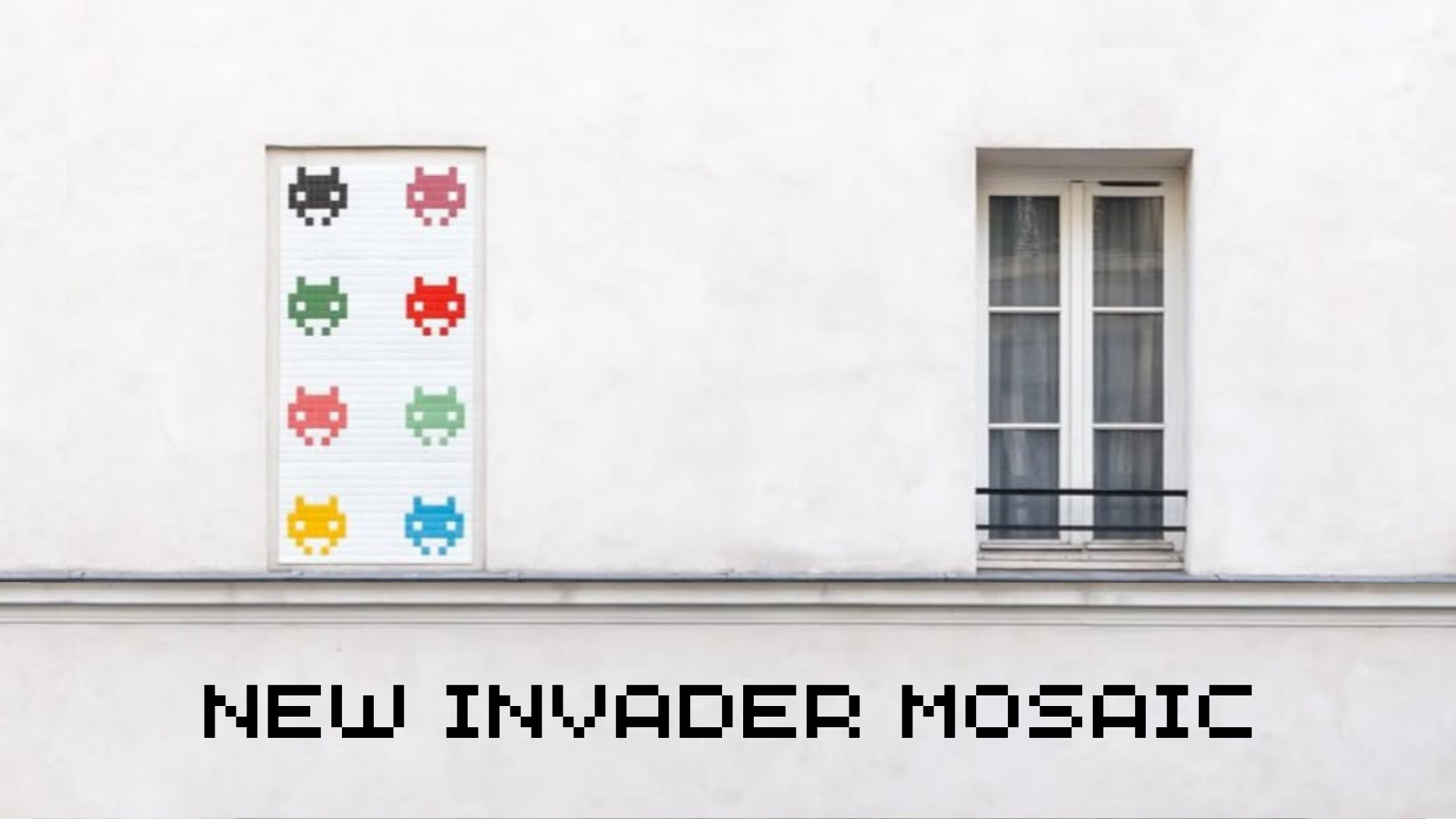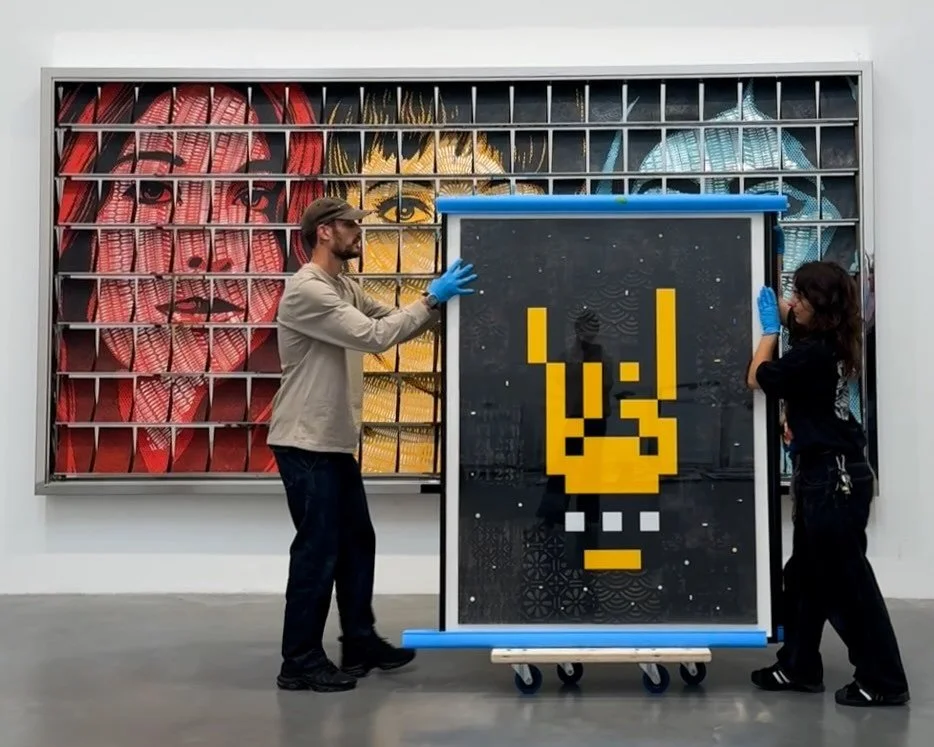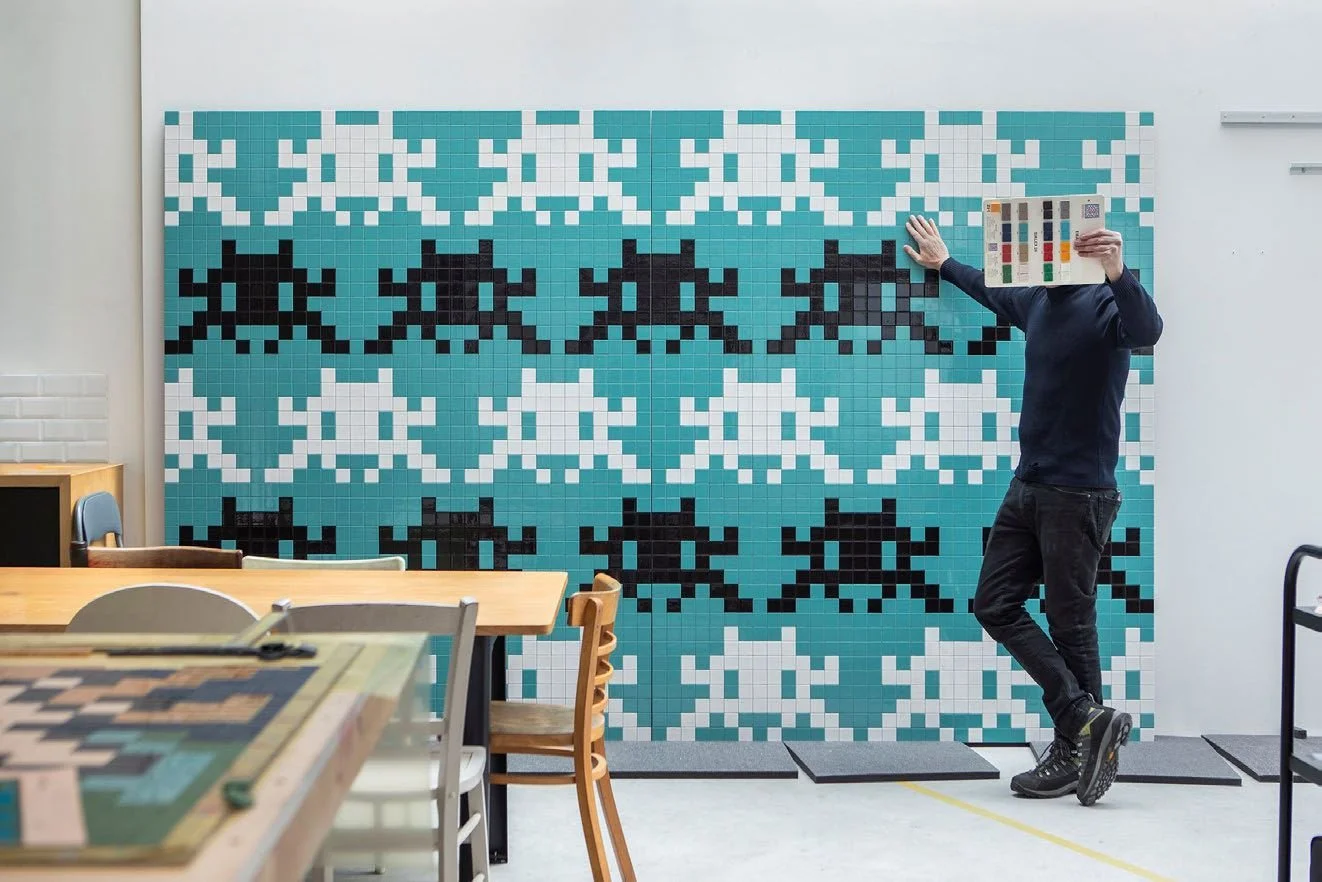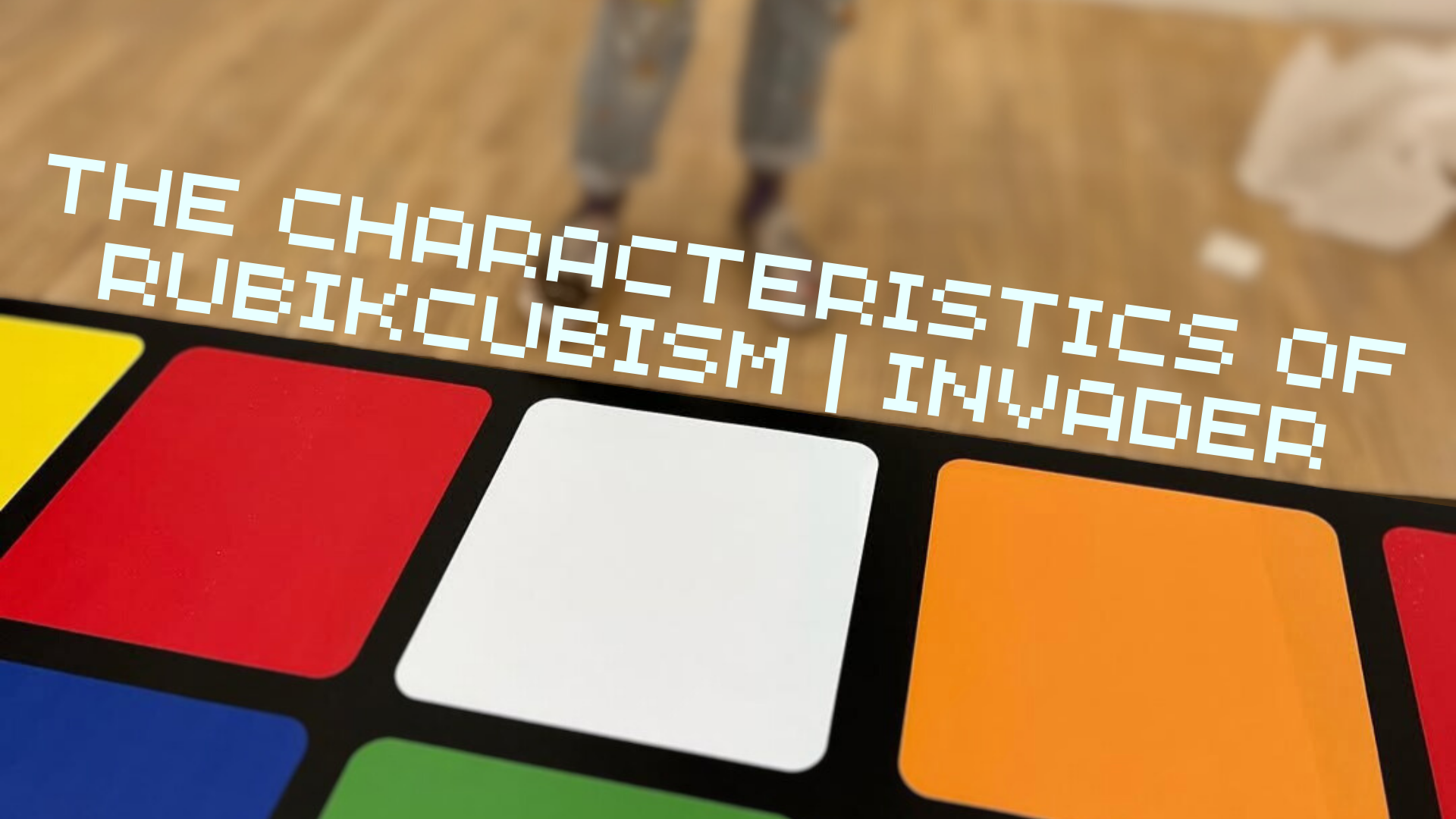Invader Artstyle: The Characteristics of Rubikcubism
Read More
Rubikcubism is an innovative art form that has captivated art enthusiasts and passersby. Pioneered by the French street artist Invader, this movement reimagines the classic Rubik's Cube as a medium for creating pixelated mosaics. It is a testament to the power of creativity and innovation in contemporary art. By transforming a simple puzzle into a sophisticated artistic medium, the artist has not only introduced a new visual language but also inspired a generation of artists to explore the endless possibilities of unconventional materials. In this blog post, we'll delve into the key characteristics that define Rubikcubism and explore how Invader's unique approach has revolutionized contemporary art.
THe Medium
The hallmark of Rubikcubism is its use of Rubik's Cubes as the primary medium. Invader uses the cubes at their finest to display specific color patterns, arranging the infinite possibilities of color combinations to form larger, cohesive images. This choice of medium is both a nod to the nostalgia of the 1980s puzzle craze and a statement on the versatility of everyday objects in art.
In addition, the use of Rubik’s Cubes is a tribute to Pointillism, in which artists use tiny dots of various pure colours that become blended in the viewer's eye. It creates an illusion of depth and shading only when you look at it from afar, revealing the final picture. Your eyes will automatically perceive the color patches as one and merge the colors. With Invader’s work, you can either take a step back and enjoy it, or look at it through a smartphone, as Invader suggested.
Pixelated Aesthetic
Rubikcubism is defined by a pixelated aesthetic. Each Rubik's Cube, with its 6 faces and 54 colored squares, acts as a single pixel in a larger image. Invader uses its advantage of premade pixels and constructs detailed mosaics using a color palette from that of a Rubik’s Cube. Due to the limitations of size and the color palette of the cubes, Invader creates portraits that resemble abstract artworks, similar to the Cubism art style.
Creating a Rubikcubism piece requires meticulous planning and craftsmanship. Each cube must be solved in a specific way to display the correct colors, and the overall composition must be carefully mapped out to ensure the final image is coherent and visually striking. This level of detail and precision highlights the technical skill and dedication involved in the art form. Carefully rotating and positioning these cubes adds a twist to those cartoon characters that typically exist on screens, which gives them a physical appearance and closes the gap between the physical and digital realms. It evokes a sense of nostalgia by referencing characters from Space Invaders, giving off a 1980s vibe with the 8-bit aesthetic.
One of the benefits of this aesthetic of RubikCubism is its playful nature. Viewers are often drawn to the tactile quality of the Rubik's Cubes, and the familiarity of the puzzle invites a sense of curiosity and play. This interactivity fosters a deeper connection between the artwork and its audience, encouraging viewers to engage with the piece on multiple levels.
Imperfections
A portrait made with Rubik’s Cubes can’t be perfect. It isn’t physically possible to create a Rubikcubism piece that looks identical to the person or character, nor to resemble the facial proportions of what is in an image. A straight, sharp edge couldn’t be made with pixels in a Rubik’s Cube; but only wobbly and scribbled ones with no structure formed.
A Rubik’s Cube lacks tones. The Cube only features orange, green, white, and the three primary colours. This leads to a lack of color transitions. There isn’t any pixel that could be used as a shadow to show a lack of light. All the colors are either vibrant or are in light. There is no other option than to use blue as the color of darkness, as it is a cold color with an ambiance of darkness.
Also, there is a gap between each Rubik’s Cube and on the cube, which creates a border between pixels. With a black border in the way, the colors between each Rubik’s Cube hardly flow with each other.
Invader sacrificed realism up close to create a greater image at a distance. When looking at Rubikcubism artworks up close, the only thing that can be seen is a bunch of random colors. But these colors will eventually form a picture as you look at them from a distance, with the full artwork in your field of view. Therefore, if you desire to achieve realism with Rubik’s Cubes, you would have to create a massive canvas for a higher resolution artwork.
All these imperfections are what make Rubikcubism interesting and vibrant, somewhat like a combination of pop-style art in America and abstract Cubism in the early 20th century.
Rubik Space
Rubik Self Portrait with Cube
Street Art Influence
Rubikcubism shares a compelling similarity with street art mosaics. Invader pursued this through its use of small, individual units to create larger, cohesive images. Much like Invader’s past works, which assemble tiles or pieces of glass into intricate designs and mosaics, Rubikcubism employs the colorful squares of Rubik's Cubes to form an abstract pixelated artwork.
As a prominent figure in the street art scene, Invader brings the ethos of street art into Rubikcubism. Invader's works often feature iconic imagery, ranging from famous artworks and pop culture references to everyday objects and characters from video games. This selection of subject matter resonates with a broad audience and also pays homage to the cultural artifacts that have shaped modern society. By rendering these familiar images in a pixelated style, Invader creates a unique blend of the old and the new.
However, the only difference is that both art forms thrive in different spaces. One brings art directly to the people and transforms everyday environments into vibrant galleries; the other breaks out of the traditional and exists primarily in galleries and prints. Mosaics democratize art, making it accessible and engaging to a broad audience. Rubikcubism, on the other hand, may be violating Invader’s motive to create art.
PA_615
PA_632
All rights reserved
~
We do not own any copyrights of the photos used
~
All rights reserved ~ We do not own any copyrights of the photos used ~





























